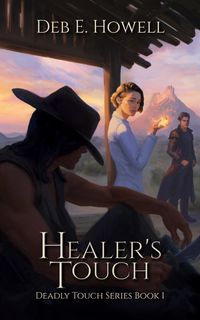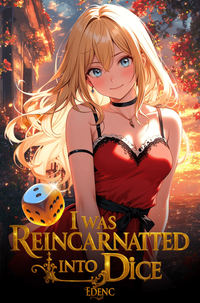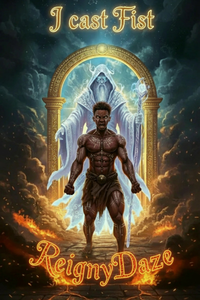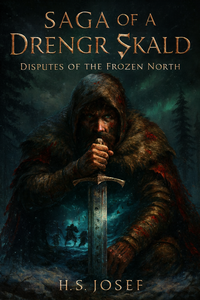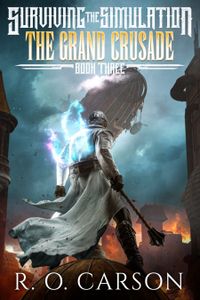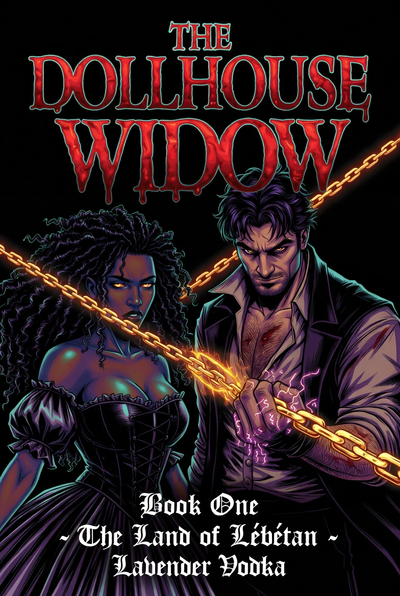
The Dollhouse Widow
Looks sweet, tastes deadly—this house eats the polite.
The Dollhouse Widow is a gothic fantasy horror about captivity, performance, and the quiet defiance that grows in silence.
Set in an alternate American South, the story unfolds within a decaying estate ruled by old money, older curses, and monstrous etiquette. The year is uncertain, but the rules feel ancient. Beneath the lace and linen lies a structure built not on legacy—but on control. The house itself watches, and obedience is not requested. It is required.
This is not a world where the supernatural hides in shadow. Here, they have learned from humanity—adopting our hierarchies, imitating our cruelties, and perfecting both. Within the Barinov estate, those systems don’t just endure—they thrive.
At its heart lies a man who owns more than land, and a woman whose silence was never submission. But this is not just their story. The Dollhouse Widow is an ensemble narrative told through rotating perspectives. Every chapter opens another door. Every voice carries its own scars. Some seduce. Some serve. Some stay silent. And some wait for the right moment to strike.
Inside the estate, roles are stitched into the skin: servant, master, shadow, muse. Some were born into them. Others were bought. All are expected to perform. The walls do not forgive missteps, and the mirrors remember who hesitated. Everyone plays their part—but not everyone survives the script.
Blending sensuality, folklore, and dread, The Dollhouse Widow redefines gothic horror for a modern age. Its monsters walk the halls in tailored suits. They kiss with knives behind their teeth. They raise their children to smile while bleeding—and call it tradition.
There are no chosen heroes here. No prophecies. No noble quests. Only people trapped within a system, struggling to make sense of the parts they’ve been forced to play. Some uphold the legacy. Others betray it. And some will burn it all down just to see what rises from the ashes.
Inspired by southern gothic literature, the twisted intimacy of captivity romances, and the brutal realities of inherited trauma, The Dollhouse Widow explores what happens when supernatural beings do not transcend human cruelty—they refine it.
Themes: survival, generational trauma, reproductive autonomy, obedience and spectacle, class disparity, forbidden desire, and shadow folklore. Tone: dark, sensual, psychological. For readers who love: slow-burn horror, ensemble casts, morally gray characters, and stories that blur the line between reality and curse.
There is no rescue coming. Only the performance— and perhaps, someone brave enough to rewrite the script.
This is a passion project written with creative direction and AI-assisted experimentation to push the limits of tone, structure, and voice. It’s dark. It’s poetic. It’s personal. Thank you for being here.
